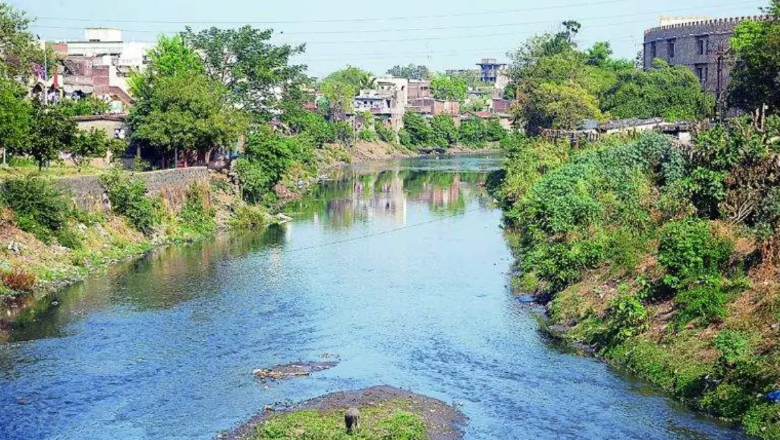Navigating the Delays: Mahametro’s Awaited Funds for Nag River Widening

Nag River Widening Funds | Mahametro: In the heart of Nagpur, the Nag River quietly flows, but its potential for flooding looms large. Mahametro, the city’s infrastructure spearhead, has embarked on the crucial task of desilting a 420-meter stretch within Krazy Castle premises, yet the awaited funds for widening the riverbed from the State Disaster Relief Fund (SDRF) remain elusive. This article delves into the complexities surrounding this endeavor, shedding light on the challenges and anticipated outcomes.
Current Situation and Pending Funds
Mahametro’s proactive approach to river maintenance is commendable. Despite initiating desilting operations, the crucial step of widening the riverbed awaits financial support. With a proposal of ₹20 crore forwarded to the divisional commissioner on April 16, the wheels of progress are set in motion, albeit slowly. The imminent meeting of the state executive committee promises a breakthrough, signaling hope for the timely allocation of funds.
Root Cause: Addressing Past Floods
The urgency behind Nag River’s widening stems from past calamities, notably the flooding triggered by Ambazari Lake’s overflow last September. A subsequent survey conducted by the irrigation department revealed alarming inadequacies in the river’s capacity, particularly around the Krazy Castle vicinity. The imperative to maintain a minimum flow of 140 cumecs underscores the gravity of the situation, compelling decisive action.
Commissioner’s Directive and Ongoing Efforts
Commissioner Abhijeet Chaudhari’s directives underscore a holistic approach towards mitigating flood risks. His mandate to complete cleaning operations across major rivers and stormwater drains, coupled with expedited road repairs, reflects a proactive stance. Zone-wise assessments and anti-encroachment initiatives highlight the multifaceted nature of the undertaking, emphasizing the need for concerted efforts.
Progress and Road Ahead
Despite the challenges, progress is palpable. With 51% of silt removed from Nag, Pili, and Pora rivers, totaling 81,846 cubic meters, tangible strides have been made. However, the road ahead demands sustained momentum. As Mahametro remains poised to widen the Nag River, collective support and timely fund allocation are imperative to ensure a resilient future for Nagpur.
The saga of Nag River’s widening encapsulates the intricate interplay between infrastructure development, environmental resilience, and bureaucratic processes. While delays may test our patience, the stakes are too high to falter. As stakeholders rally behind Mahametro’s vision, let us envision a Nagpur where the river flows freely, unhampered by the specter of floods.
Q1: Why is widening the Nag River crucial for Nagpur’s future? A1: Widening the Nag River enhances its capacity to mitigate flood risks, ensuring the city’s resilience against natural calamities.
Q2: How does the desilting process contribute to river widening? A2: Desilting clears the riverbed, facilitating smoother water flow and laying the groundwork for subsequent widening efforts.
Q3: What role does the State Disaster Relief Fund (SDRF) play in this endeavor? A3: The SDRF provides crucial financial support for infrastructure projects aimed at disaster mitigation and resilience-building.
Q4: How can citizens contribute to river maintenance efforts? A4: Citizens can support by adhering to waste disposal regulations, participating in cleanup drives, and advocating for sustainable river management practices.
Q5: What are the long-term benefits of Nag River’s widening? A5: Long-term benefits include enhanced flood resilience, improved water quality, and greater environmental sustainability for Nagpur and its residents.









